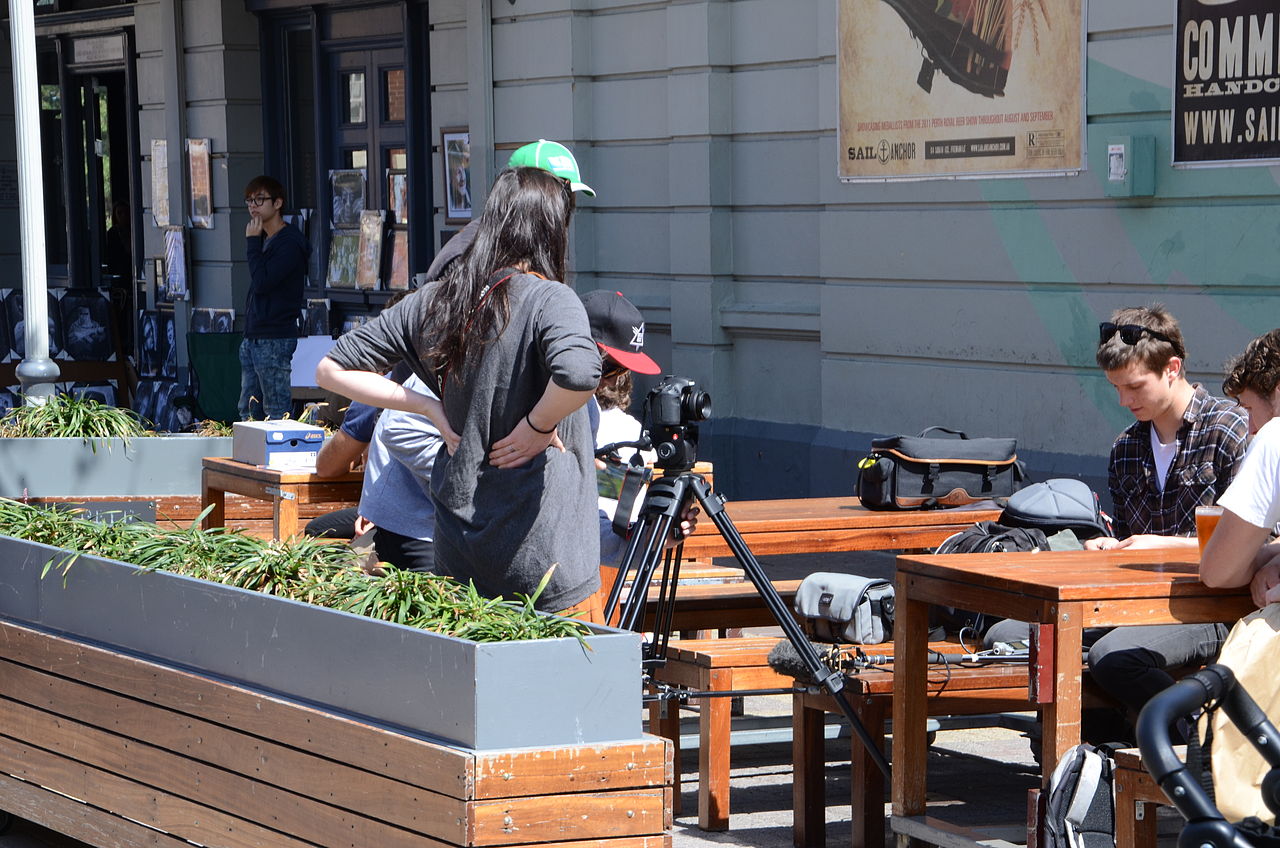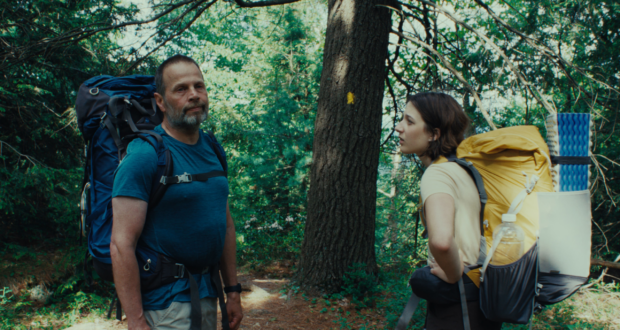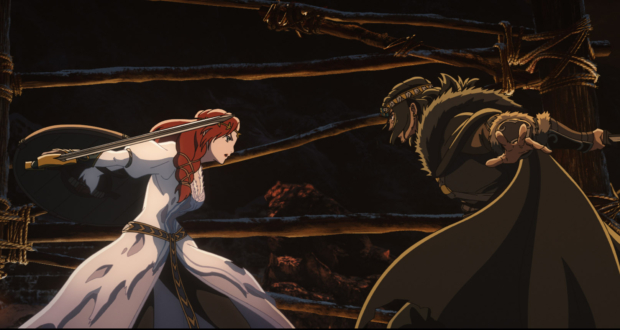When bringing a story to life on camera, the location is one of the most important factors to ensuring your film is not only impactful but, also, interesting visually. In most cases, you will have a script that comprises both indoor and outdoor locations – both of which offer unique obstacles.
In this article, we cover the key considerations when filming an outdoor movie scene, helping you to brush up on your cinematography knowledge and pull off an outdoor take – offering key insights into location scouting, lighting and contrast, sound, and camera movement and angling.
Scouting Your Location
In most sectors, research is, without a doubt, the key to success – and the film industry is no different.
Well in advance of shoot day or week in some cases, we highly recommend you spend time exploring your location, as well as a couple of backup sites as insurance should anything not go entirely to plan. Take your camera and at least one other member of your team – ideally someone with extensive lighting knowledge – and scope your surroundings, making detailed notes to share with the rest of your team later, so everyone is briefed and know their responsibilities on the day.
During the several visits you make to your location, you should be evaluating the light at different times of the day, the sound, and any disturbances in or within close distance to the area, as well as your different angling options and how it will affect the outcome of your picture. You will also need to consider practicalities such as where your electrical sources will be, their load limits, and how long your extension cord needs to be not to cause a nuisance to or limit your angles when filming.
When scoping your location, keep the weather in mind and, if possible, visit your location in sun, rain, and cloud, so you’re prepared for changes in lighting and, consequently, the aesthetic of your take.
Lighting and Contrast
Arguably the most important determiners of final aesthetics, lighting and contrast are not for the faint-hearted. When you’re filming an outdoor movie scene, spend a day finding the ideal light and level of contrast to ensure all aspects of your shot are pulled together seamlessly, without one element dominating the rest unintentionally. It’s during the location scouting process that you and your right-hand lighting expert will be able to evaluate the different light at different times of day to find the perfect contrast and lighting requirements. For instance, you may need backlight the entire scene to prevent background details or characters from getting lost in their surroundings, which is an especially important consideration if you’re filming somewhere with excessive foliage, such as a woodland.
Tip: If your story is one of high-drama, you should look to achieve high-contrast in your shot. If you’re looking for a high-reality, incorporate vivid colours in the shot. However, remember that most cameras have colour adjustment limitations so keep that in mind when making aesthetic decisions.
If you’re familiar with three-point studio lighting, you’ll be pleased to know that the same principles apply to shooting film outdoors. The natural light from the sun works as your key, fill and backlight, and can be manipulated accordingly using reflectors. To soften the light, use a larger reflector and, for a harsher light, a smaller one. If you’re worried about continuity in your scene, consider taking a few days to shoot a scene and, each day, shoot at the same time for a similar or the same light.
When filming outdoors, remember that the sun will continue to move throughout the day and, as it does, you will need to move your reflectors and positioning accordingly. You will need to reflect and diffuse the light continuously, either by using a multitude of reflectors or by setting up a large gauze up high to deter the glare of the sun. Either way, keep an eye on it and change things up as necessary. See this guide No Film School for help with lighting.
Making Sound Decisions
It is near impossible to determine the different sounds you’ll experience on the day of filming so be prepared for all instances. In some cases, in quieter locations, you will be able to record dialogue straight-off, however, sometimes, there will be so much going on that you’ll need to record dialogue at another time and then dub it over the scene. If you’re determined to record natural sounds and dialogue at the time of filming, it’s essential you’re extra prepared with backup locations, so you have multiple opportunities to record what you want. For instance, if you’re filming in a town and halfway through a speech sirens zoom past, drowning out everything else, you’ll need to start over. Se these tips on Raindance to help.
Filming on The Go
Once you’ve decided how you want your outdoor scene to look and put all the necessary precautions in place for a smooth take, consider exactly how you need to film it. For instance, if you want a seamlessly smooth take where the camera glides effortlessly from one side of the frame to the other, you will need to setup camera dollies. However, if you’re looking for a hand-held finish, you will need to find a way to stabilise your camera to make sure the frame isn’t jittering around the entire time – in which case, a Steadicam camera stabiliser is ideal. Steadicam camera stabilisers allow you to film a scene smoothly, whether your camera is hand-held or attached to a dolly. Better still, there are a variety of Steadicam stabilisers available for a range of budgets – see this guide on 9Mousai. If you’re a serious cinematographer, it’s essential you have a mid-range Steadicam stabiliser in your kit.
From start to finish, when filming an outdoor movie scene, it’s essential you research on your location thoroughly and have several backup options, as well as knowing exactly how light, sound and camera positioning will affect the outcome of your scene on the day of filming. Make sure your team are fully briefed and, therefore, prepared for both foreseen and unforeseen occurrences during filming.
-
Acting - /10
0/10
-
Cinematography/Visual Effects - /10
0/10
-
Plot/Screenplay - /10
0/10
-
Setting/Theme - /10
0/10
-
Watchability - /10
0/10
-
Rewatchability - /10
0/10




















